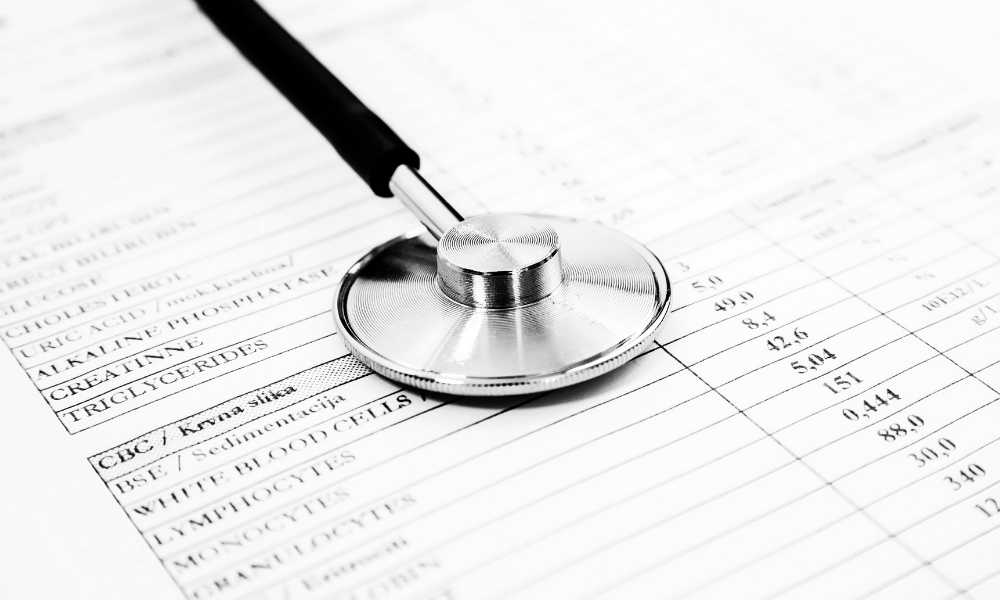It is no secret that writing lab reports are a crucial component of any degree program with laboratory requirements. Lab reports are a vital part of learning and significantly affect your scores. A lab reports includes the objectives of your experiment, the approach you took to reach them, the conclusions you came to, and the lessons and results. In a lab report, your theoretical understanding and practical skills collide.
A lab report documents the results and explains and supports them. Using a lab report, your lecturer can evaluate your understanding of the concepts and tenets on which the experiment is founded. It is crucial to write it appropriately because of this. Consult a lab report writing service if you are unsure of your skills. You will receive an example from a writer that can be used as a model for creating a well-written report.
A lab report needs to be accurate and adhere to strict guidelines. A lab report’s length and content can vary because they depend on the experiment or subject being studied. Similar procedures are used for preparing lab reports, but slight variations may depend on the topic or investigation being investigated. Before you write your lab reports, schedule how much time you will need to finish each section.
Essential Parts of a Lab Report
Your report should have the sections listed below:
Name Page
The experiment’s title, participants’ names, the lab instructor’s name, and the experiment’s completion date are all listed on this page. The experiment’s name will be the first thing your reader will notice. Put keywords in the title when you’re creating the lab report.
Abstract
An abstract for lab reports is an optional part typically not needed for short investigations. A study’s overview and a synopsis of its goal, primary findings, and conclusion are provided in the abstract. It would help if you kept in mind that the abstract of a lab reports should be between 100 and 150 words long. To convey exactly what happened during the experiment, the abstract should ideally be placed at the end of the lab report.
Introduction
The start of a lab reports should explain the premise, goals, and purpose of the investigation. A description of any specialized tools utilized in the inquiry may be included in this section. You will talk about any applicable theories, equations, and prior studies in this section. The beginning of the lab report should explicitly clarify the test’s goal.
Method
You must document and discuss your actions when experimenting. Step-by-step directions should be provided for the method so that anyone who reads your study may complete it. You can include flowcharts and diagrams to make the text easier for the reader. When a visual configuration is represented on a chart, it is simpler to understand. Indicate the name of the experimental setup on the diagram.
Include the tools and materials that were used during the study in the section of the lab report that deals with materials and equipment as well. Include any extra safety measures that must be followed when experimenting and how challenges were handled.
Results
This portion of the lab reports includes a summary of the study’s findings. Graphs and tables are frequently used to present the results.
Dialogue & Analysis
The experiment’s findings are explained in this lab report section. Any patterns manifesting in the experimental data can be identified and examined.
Conclusion
The results and lessons learned from the experiment are compiled in this lab report section.
Mistakes to Avoid While Drafting a Lab Report
When preparing a lab report, students frequently make mistakes. Here are a few of the most typical errors:
- not performing as directed. Ensure that you thoroughly read and adhere to the directions. If you don’t, your report can be inaccurate or lack essential information.
- incorrect grammar use A laboratory report should be prepared in good English with suitable language and punctuation since it is a formal document.
- being too wordy A lab report needs to be succinct and direct. There shouldn’t be any filler content or extraneous information in it.
- incorrect proofreading Before submitting your laboratory report, ensure it is error-free. You’ll be better able to see any mistakes or typos.
- not following the correct format. The directions should be followed while formatting a laboratory report. Use the appropriate font size, spacing, and margins.
You can produce a perfect lab report by paying attention to these pointers.


